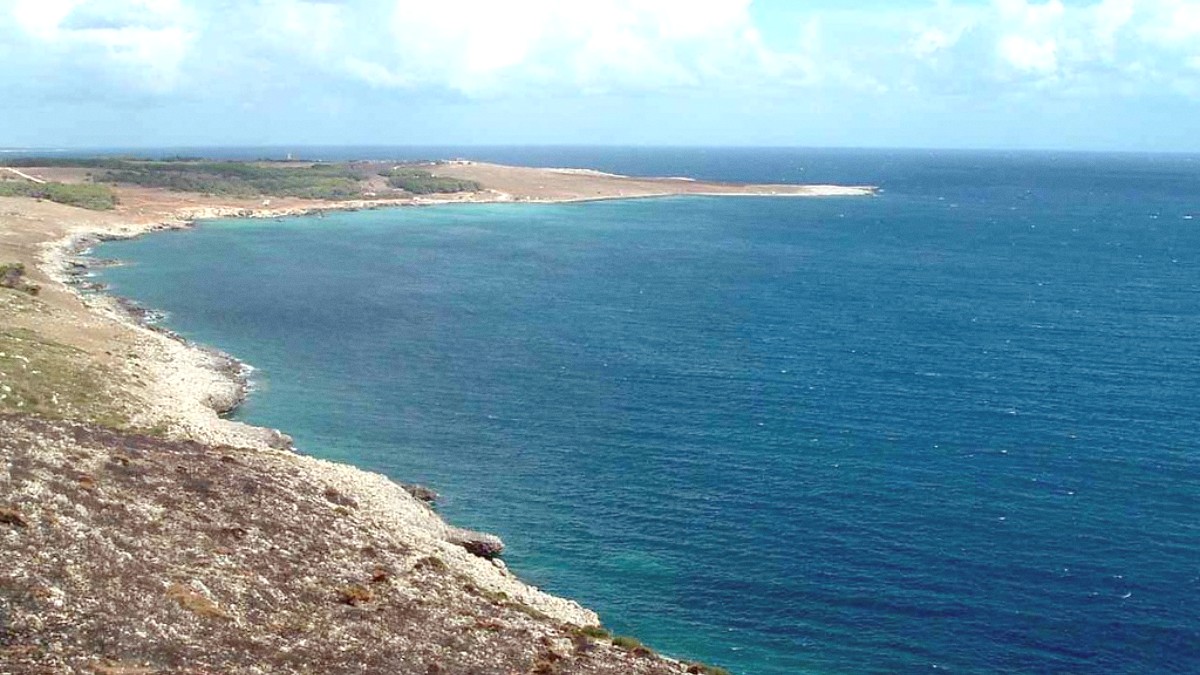
Puglia, Italy
Buses: Buses represent the main form of public transport for connecting Otranto to Lecce and other local towns within the Salento Peninsula. Companies like STP Lecce and Salento in Bus (seasonal) run these routes. Buses are generally reliable, though punctuality can sometimes vary.
Trains (FSE - Ferrovie del Sud Est): The Ferrovie del Sud Est (FSE) operates a regional train line that connects Otranto to Lecce, often with a change at Maglie. While a picturesque journey, FSE trains are typically slower and less frequent than buses for the Otranto-Lecce route.
Summer (June-Sept) sees more frequent bus services and longer hours. Winter (Nov-Mar) has reduced frequency, some routes may not run on weekends/holidays.
Up-to-date route maps are difficult to find reliably online. Check official STP Lecce and Salento in Bus websites closer to travel dates. Verify schedules locally.
Public transport, especially older regional buses and trains, may not be fully accessible for travelers with mobility challenges. Newer buses improve accessibility.
Local bus services.
Seasonal (summer) bus services.
Regional train line.
National rail service to Lecce.
Taxis deliver a convenient way to get around Otranto and the surrounding areas, especially when public transport is not suitable or available. Ride-sharing services, however, are largely absent.
Find taxis near Otranto's small train station.
Taxis are available near the main bus station.
Prominent squares are typical taxi stand locations.
From cars to scooters and bicycles, various options cater to different travel styles for exploring Otranto and its surroundings.
Local shops in Otranto offer bike rentals for daily/weekly rates. Excellent for exploring coastline, nearby beaches, Alimini Lakes.
No large-scale bicycle sharing programs.
Italy drives on the right. Seatbelts mandatory for all. Headlights in tunnels/bad visibility. Speed limits enforced (urban: 50 km/h, secondary: 90 km/h, main: 110 km/h, motorways: 130 km/h).
Blood alcohol limit: 0.05%
Main roads are good. Coastal roads can be winding/narrow. Italian drivers assertive. ZTLs (Limited Traffic Zones) in historic centers incur high fines.
Parking: Blue lines=paid, White lines=free, Yellow=resident only.
Otranto’s compact size and scenic beauty make walking and cycling appealing ways to experience the town and its natural surroundings.
Limited dedicated cycling lanes in town. Cyclists often share the road. Many quiet rural roads through olive groves and some coastal paths are suitable.
Exercise caution and be aware of traffic on roads outside the town center. Helmets are not legally mandatory for adults but highly recommended.
No specific "no-go" areas for pedestrians/cyclists. Exercise caution on busy main roads, prefer quieter side streets.
Accessibility in Otranto, especially the historic center, can be challenging due to medieval design (cobblestones, narrow alleys, steps). Newer establishments and the Lungomare are more accessible.
Contact attractions/accommodations in advance for accessibility features. Private accessible transfers or car rentals with hand controls offer freedom.